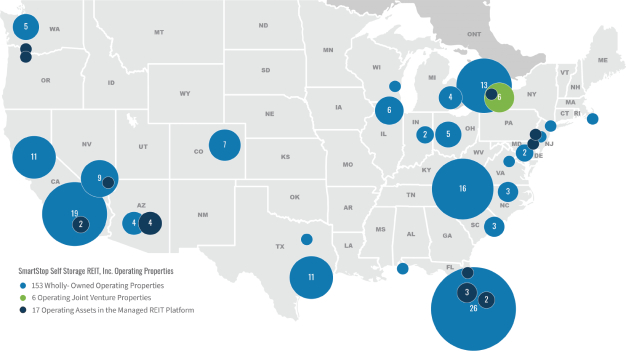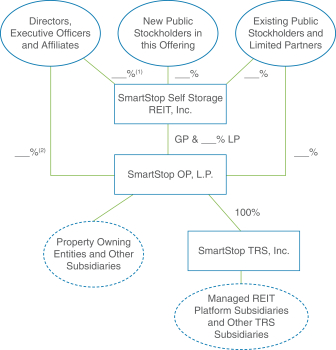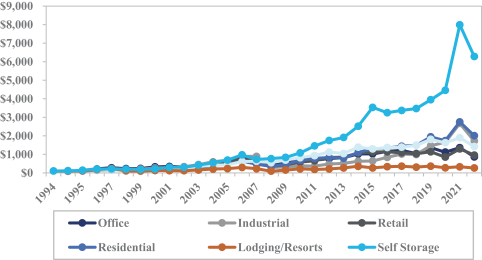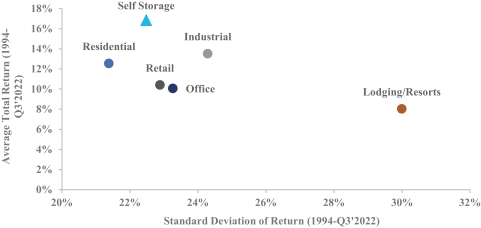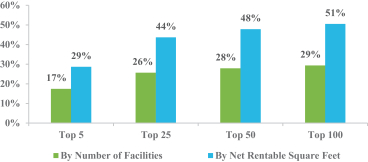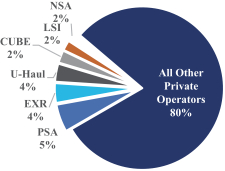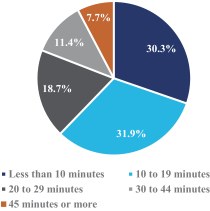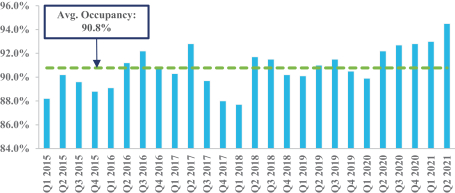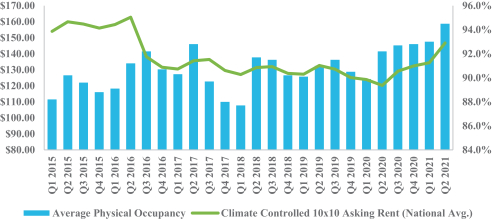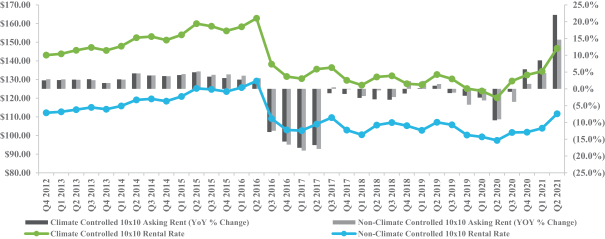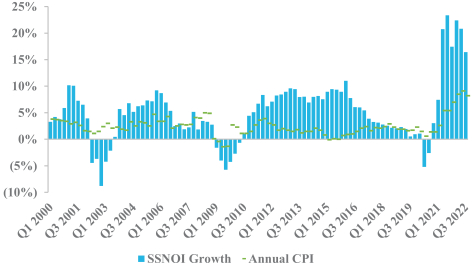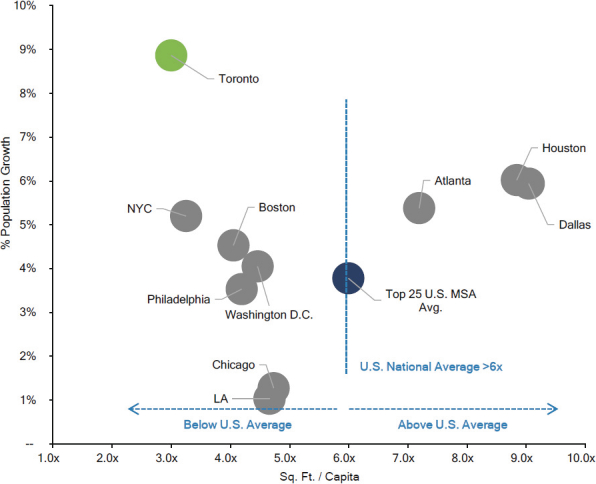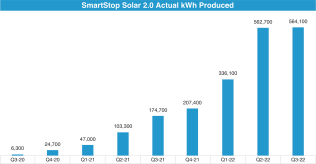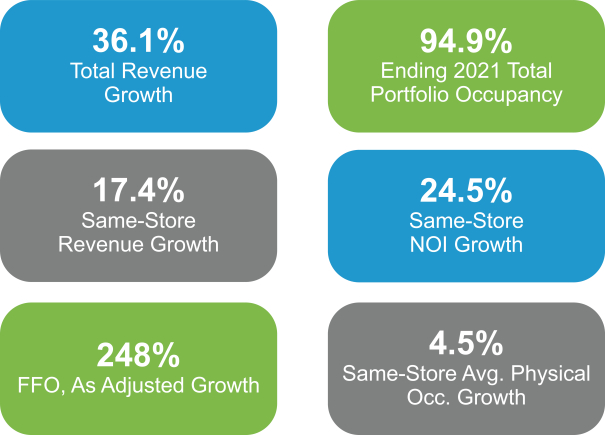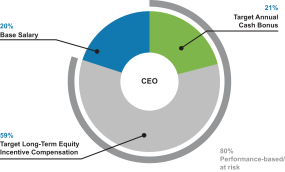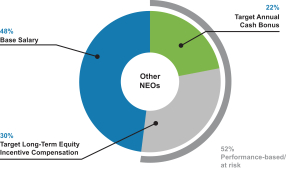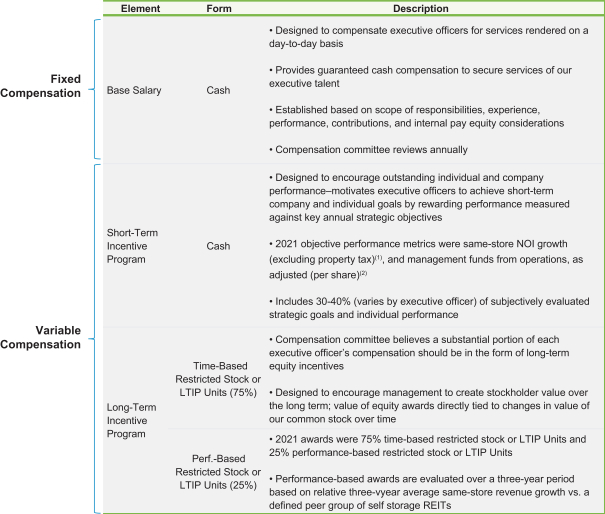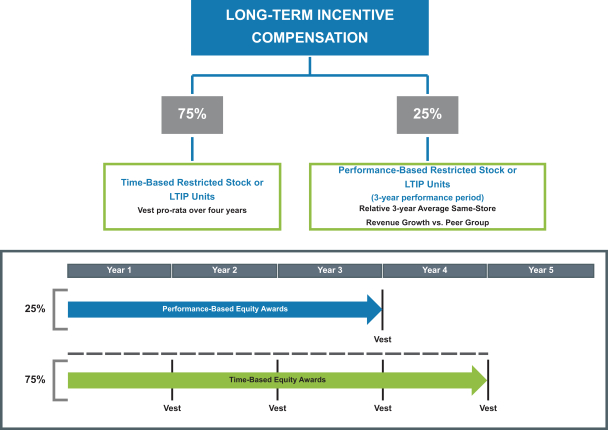sale, because neither we nor the partner or co-venturer would have full control over the partnership or joint venture. Disputes between us and partners or co-venturers may result in litigation or arbitration that would increase our expenses and prevent our officers and/or directors from focusing their time and efforts on our business. Consequently, actions by or disputes with partners or co-venturers might result in subjecting properties owned by the partnership or joint venture to additional risk. In addition, we may in certain circumstances be liable for the actions of our third-party partners or co-venturers, which could harm our financial condition.
We disclose funds from operations and funds from operations, as adjusted, each a non-GAAP financial measure, in communications with investors, including documents filed with the SEC. However, funds from operations and funds from operations, as adjusted, are not equivalent to our net income or loss or cash flow from operations as determined under GAAP, and stockholders should consider GAAP measures to be more relevant to our operating performance.
We use, and we disclose to investors, funds from operations, or FFO, and FFO, as adjusted, which are non-GAAP financial measures. FFO and FFO, as adjusted, are not equivalent to our net income or loss or cash flow from operations as determined in accordance with GAAP, and investors should consider GAAP measures to be more relevant in evaluating our operating performance and ability to pay distributions. FFO and FFO, as adjusted, differ from GAAP net income because FFO and FFO, as adjusted, exclude gains or losses from sales of property and asset impairment write downs, plus depreciation and amortization, and after adjustments for unconsolidated partnerships and joint ventures. Adjustments for unconsolidated partnerships and joint ventures are calculated to reflect FFO on the same basis. In determining FFO, as adjusted, we make further adjustments to FFO to exclude the effects of non-real estate related asset impairments and intangible amortization, acquisition related costs, other write-offs incurred in connection with acquisitions, contingent earnout expenses, accretion of fair value of debt adjustments, gains or losses from extinguishment of debt, accretion of deferred tax liabilities, realized and unrealized gains/losses on foreign exchange transactions, and gains/losses on foreign exchange and interest rate derivatives not designated for hedge accounting. FFO, as adjusted, also reflects adjustments for unconsolidated partnerships and jointly owned investments.
Because of these differences, FFO and FFO, as adjusted, may not be accurate indicators of our operating performance, especially during periods in which we are acquiring properties. In addition, FFO and FFO, as adjusted, are not indicative of cash flow available to fund cash needs and investors should not consider FFO and FFO, as adjusted, as alternatives to cash flows from operations or an indication of our liquidity or of funds available to fund our cash needs, including our ability to pay distributions to our stockholders.
Neither the SEC nor any other regulatory body has passed judgment on the acceptability of the adjustments that we use to calculate FFO and FFO, as adjusted. Also, because not all companies calculate FFO and FFO, as adjusted, the same way, comparisons with other companies may not be meaningful.
Costs of complying with governmental laws and regulations, including those relating to environmental matters, may adversely affect our income and the cash available for distribution.
All real property, including our self storage properties, and the operations conducted on real property are subject to federal, state, and local laws and regulations relating to environmental protection and human health and safety. These laws and regulations generally govern wastewater discharges, air emissions, the operation and removal of underground and above-ground storage tanks, the generation, use, storage, treatment, transportation, release, and disposal of solid and hazardous materials and wastes, and the remediation of contamination. Some of these laws and regulations may impose joint and several liability on customers, owners, or operators for the costs to investigate or remediate contaminated properties, regardless of fault or whether the acts causing the contamination were legal at the time. This liability could be substantial. In addition, the presence of hazardous substances (including asbestos or asbestos-containing materials and mold), or the failure to properly remediate these substances, may expose us to legal actions, and may adversely affect our ability to sell or rent a property, or to pledge such property as collateral for future borrowings.
33


